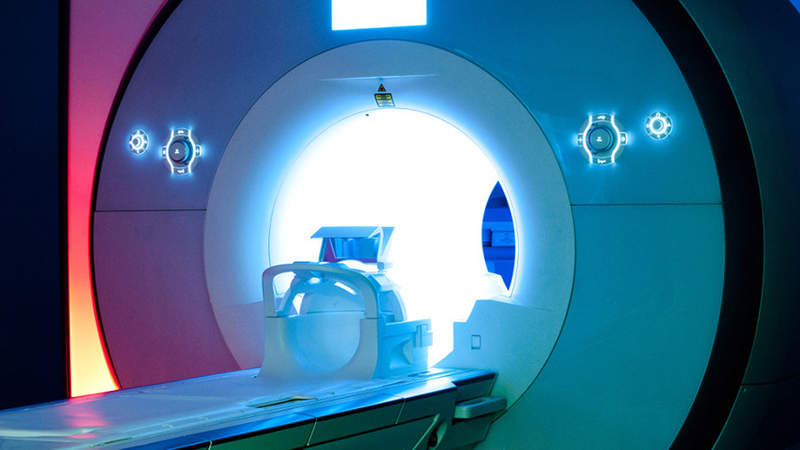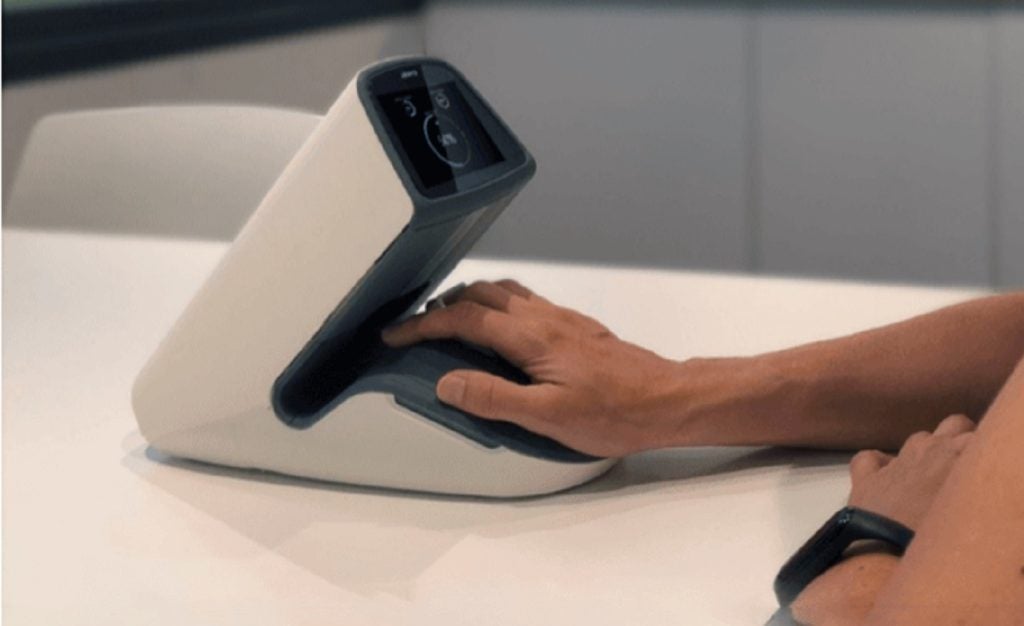
Researchers from the Institute of Cancer Research, London, and Royal Marsden NHS Foundation Trust have created a new ‘super-resolution’ MRI approach to aid in planning radiotherapy to treat lung cancer patients.
The technique involves a combination of conventional two-dimensional (2D) MRI images of the chests of healthy volunteers to generate super-resolution videos that show the expansion and contraction of lungs.
Images created using this technique are said to be five times more detailed than other MRI-based methods. The new approach can also be performed quicker.
This can help doctors to effectively predict the tumour location, thereby enabling the delivery of a more precise radiotherapy treatment.
For their research, the scientists carried out a study in eight healthy volunteers who were scanned using a standard MRI.
The obtained images were sorted and stitched together using a computer to develop accurate, high-resolution movies of breathing movements.
How well do you really know your competitors?
Access the most comprehensive Company Profiles on the market, powered by GlobalData. Save hours of research. Gain competitive edge.

Thank you!
Your download email will arrive shortly
Not ready to buy yet? Download a free sample
We are confident about the unique quality of our Company Profiles. However, we want you to make the most beneficial decision for your business, so we offer a free sample that you can download by submitting the below form
By GlobalDataIn addition, the new technique can mimic detailed images of ‘slices’ of the body at any position, by combining different MRIs of the body from various orientations.
The high-definition images are also said to pose fewer challenges than those associated with traditional MRI images such as visible glitches due to missing data.
It is expected that the ‘super-resolution’ technique can potentially help in deciding more accurate radiotherapy that could be leveraged over the course of treatment as tumours shrink.
Lead study author Andreas Wetscherek said: “Our study describes the development of a new technique for rebuilding static MRI images into moving videos, which could give MRI the edge over CT scans in the future planning of radiotherapy treatment.
“It also shows the potential of moving T2 weighted MRI for systems like the MR Linac, which are being designed to image and treat patients with radiotherapy at the same time.”







